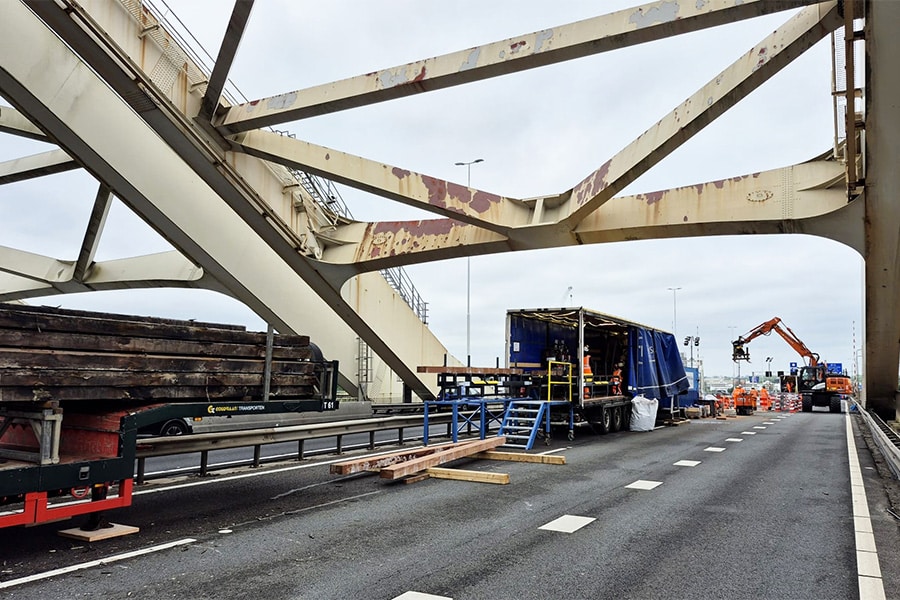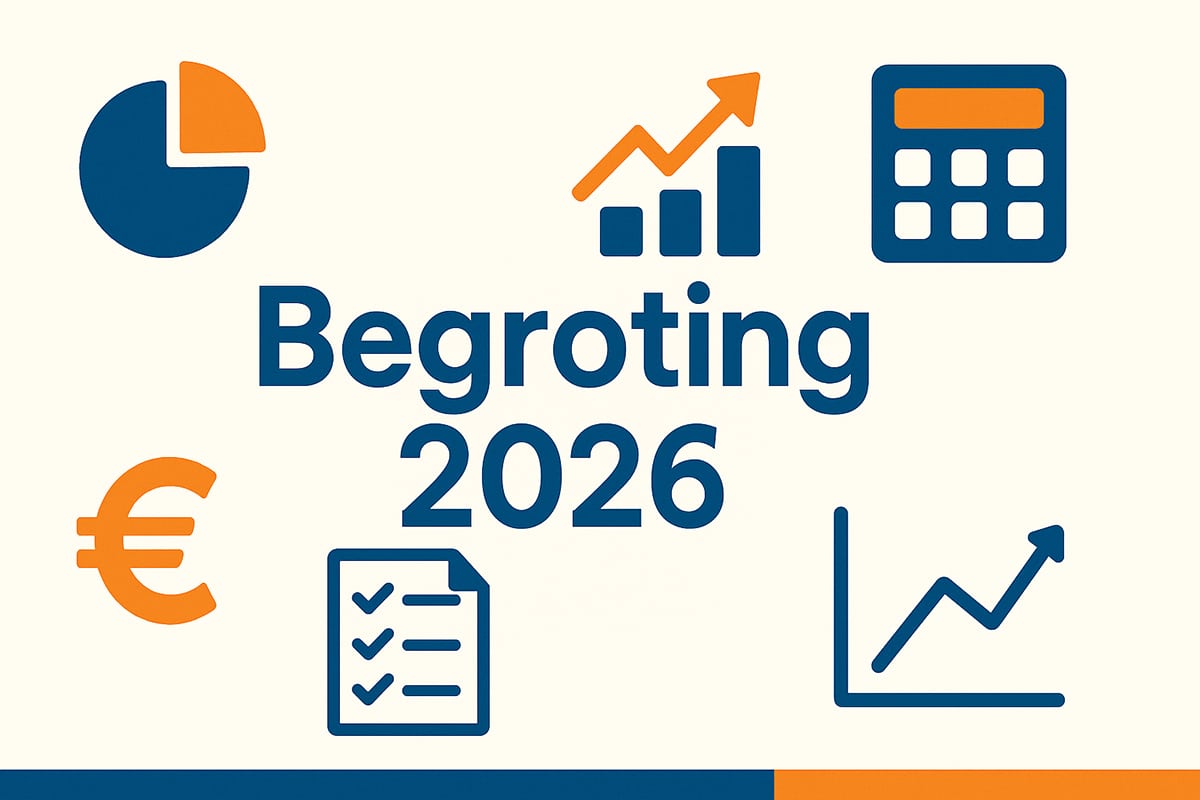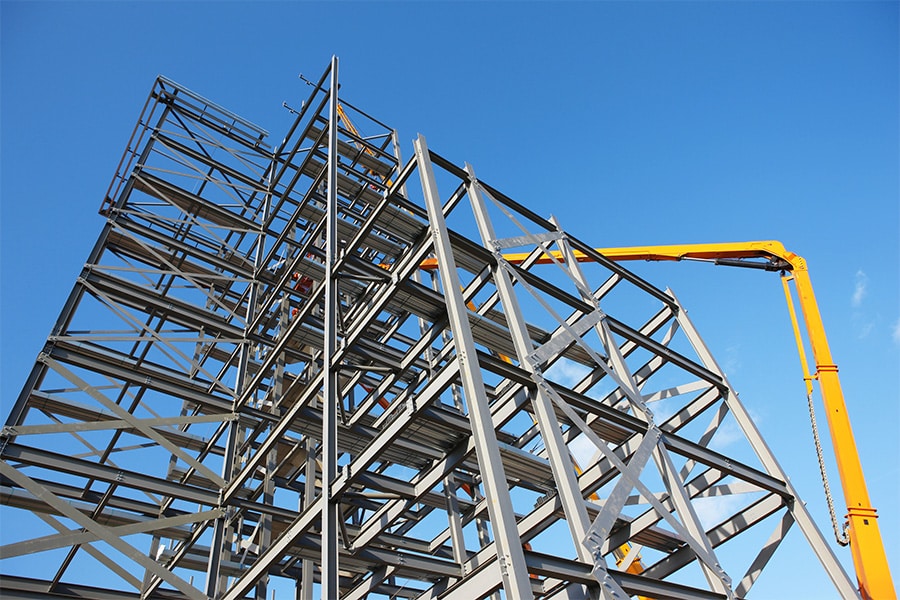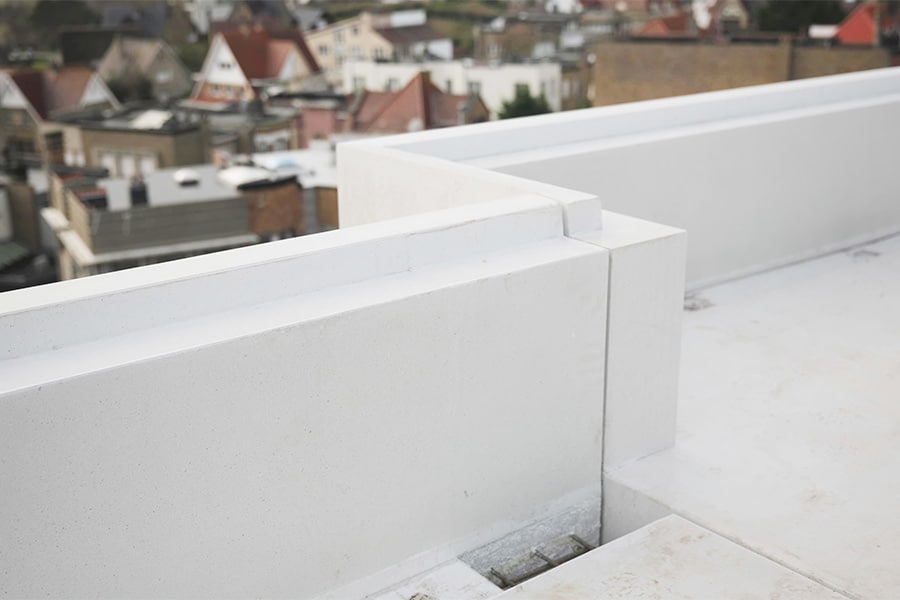
Aquamarijn in De Panne: Testing ground for white concrete with low CO2 emissions
On the Belgian coast, where the urban fabric of De Panne blends into a vast nature reserve, a striking new residential project has been realized: Aquamarijn. This eleven-story building attracts attention with its sleek architecture and characteristic white precast concrete elements. These elements - specifically the parapets - were produced by Enjoy Concrete and executed in a new, more durable variant of white cement: D-Carb CEM II/A-LL 52.5R from Aalborg White Cement.
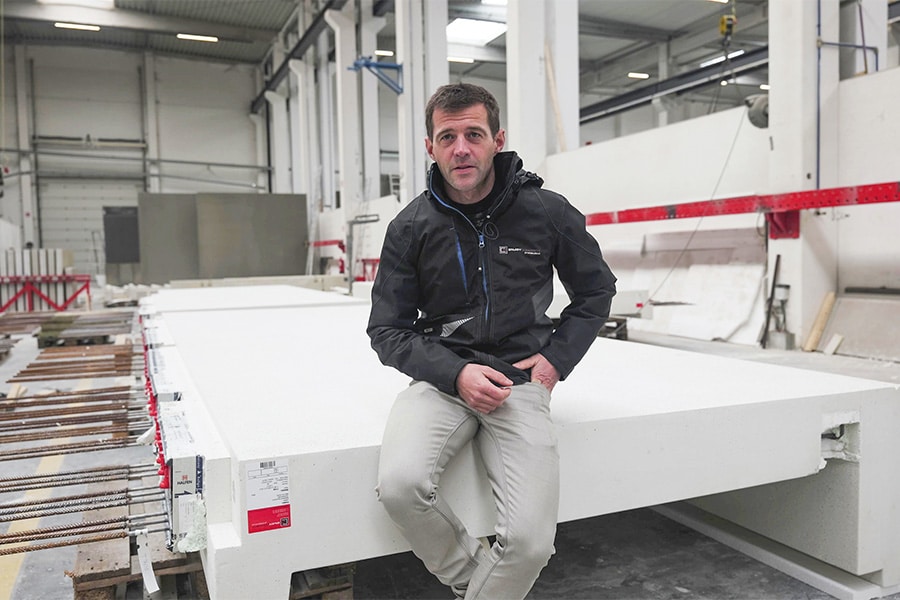
The project ranks as one of the first applications of this white cement with reduced CO2-emissions in the Benelux. Precast specialist Enjoy Concrete, a long-time partner of Aalborg White, took the lead in switching from the traditional Aalborg White CEM I to the more sustainable D-Carb variant. "For us, this was a logical step in the context of sustainable construction," says Maarten Durnez, Sales Engineer at Enjoy Concrete. "We want to be ahead of the market and contribute to the reduction of CO2-emissions, without compromising on quality or aesthetics."
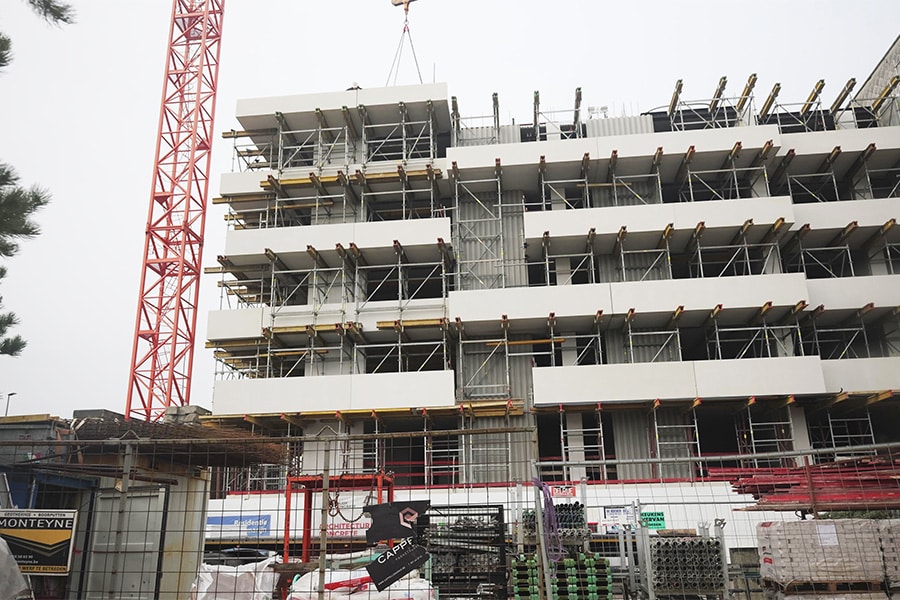
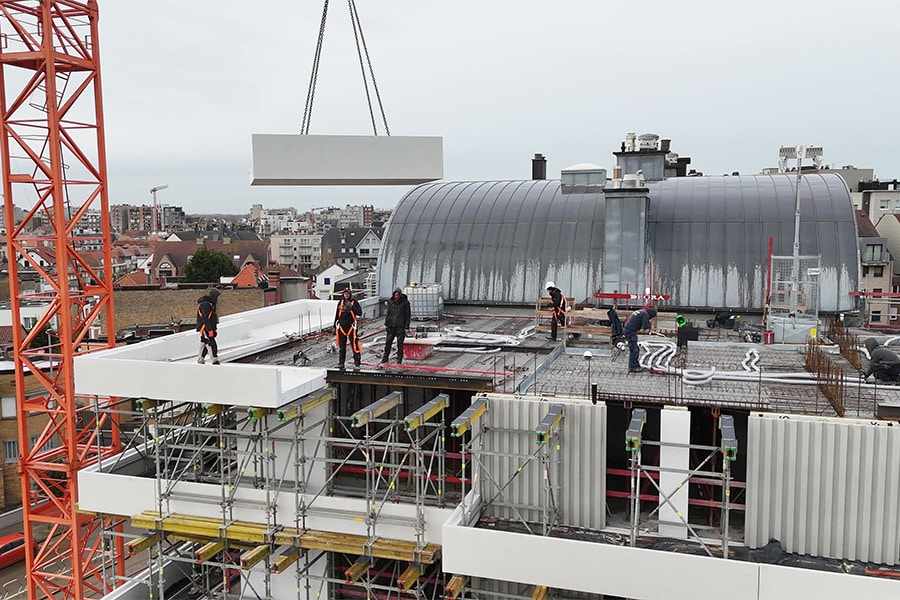
Parapets with dual function
The precast parapets - executed entirely in white, self-compacting concrete - are a striking element in the facade. On the lower floors, these parapets are higher than on the upper floors, with the aim of ensuring the privacy of the residents in relation to the public space. The smooth, brilliant white finish of the concrete adds to the high-quality and contemporary character of the building.
"The production of these parapets required a cement that is not only aesthetically pleasing white, but also technically suitable for self-compacting concrete," Durnez said. "D-Carb met those requirements and also provided the same early and 28-day strength as the traditional Aalborg White CEM I 52.5R. We didn't have to adjust anything to the mixes; the transition went smoothly."
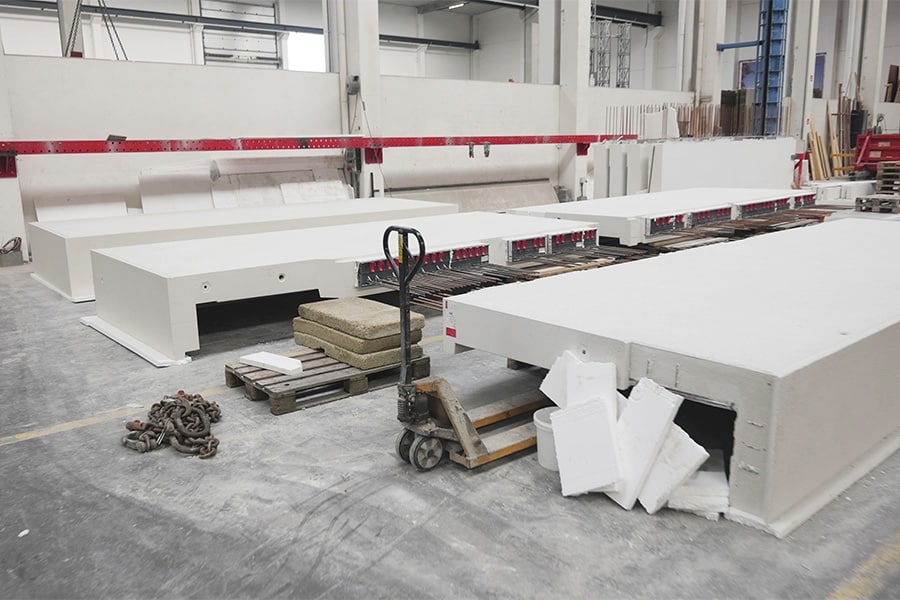
Lower CO2-emissions, same performance
D-Carb has an approximately 15% lower CO2-footprint compared to the original Aalborg White CEM I. According to Durnez, this preservation was achieved without sacrificing technical performance. "The workability of the concrete remained excellent, which is essential for the production of high-quality precast elements such as this. D-Carb also performs equally to its predecessor in terms of consistency, curing and aesthetics." The collaboration between Enjoy Concrete and Aalborg White shows that innovation in materials can go hand in hand with proven production methods. "For our production hall and processes, nothing changed," says Durnez. "That makes applying more sustainable cement low-threshold and scalable."
Example for future projects
The positive experience with D-Carb in Aquamarine convinced Enjoy Concrete to use this cement type in future projects as well. "Both from a technical and ecological point of view, this is a promising development," concludes Durnez. "The switch fits in with our sustainability ambitions and fits seamlessly with our existing production processes. No adjustments to the concrete plant or recipe are required, which makes adoption easy." With Aquamarine, Enjoy Concrete proves that sustainability and aesthetics can go hand in hand. The project not only marks an architectural statement on the coast, but also demonstrates how precast concrete construction can innovatively contribute to a lower environmental impact. This makes Aquamarijn not only an eye-catcher, but also an inspiring example for the concrete sector at home and abroad.
Heeft u vragen over dit artikel, project of product?
Neem dan rechtstreeks contact op met Aalborg Portland Belgium.
 Contact opnemen
Contact opnemen
